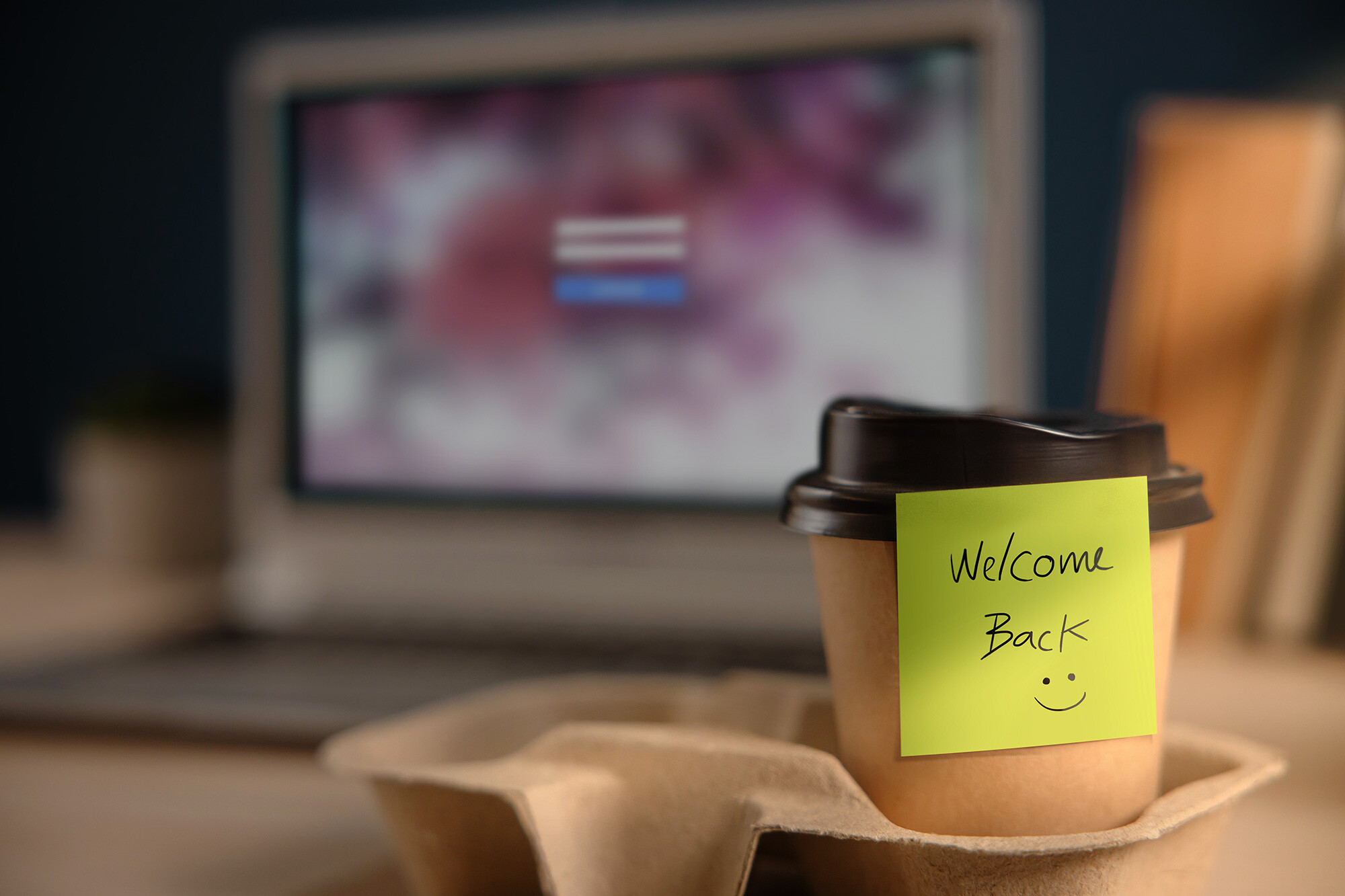Getting back to work after the summer holidays is not always easy. For some, the shift from vacation mode to work mode can feel pretty daunting. Here are some tips to help keep your team’s “holiday blues” from impacting the office vibe and work performance.
— Not everyone returns to work with the energy and enthusiasm you might hope for after a break. As an employer, it’s important not to push too hard, says Fam Manson, HR advisor at Simployer.
The tough transition
It is understandable, really. One day you are lounging on a beach, soaking up the sun. The next day, your alarm clock goes off for the first time in weeks, and you have to swap your swimwear for work clothes. Such a sudden shift can sometimes lead to what is often called post-holiday syndrome or “holiday blues” – feeling a bit down, low on energy, and struggling to find purpose in your tasks.
— Everyone handles transitions differently. While some breeze through it, others find it more challenging. We all have our own ways of easing back into our routines after a break, and this transition can hit people in various ways, Manson points out.
Managing the “Holiday Blues”
The good news is, it usually passes within a few days. But even so, it is not ideal for an employer if several team members are feeling down at the same time.
— If too many employees are finding it tough to switch from holiday mode to work mode, it could affect the quality of work and overall results. Naturally, you want to avoid that, says Manson.
Manson suggests that employers should recognize that everyone adjusts differently and that some people might need a gentler start than others. Of course, this does not mean extending the holiday.
— It is important to remind employees that they are responsible for getting their sleep schedules and daily routines back on track so they can smoothly transition into work life again. What you can do as an employer is give them a bit of breathing room and not hit the ground running too hard in those first few days, says Manson.
A lot of this comes down to planning, preparation, and adjusting. That is where employers can really make a difference, she adds.
Fam Manson’s tips for easing employees back into work after the holidays:
Create a welcoming atmosphere
Some employees might need a little reminder that work is actually a good place to be. Give them time to catch up with colleagues. Spending a few extra minutes chatting over coffee should be totally fine in the first week.
Avoid important meetings right away
Do not schedule important meetings in the first few days back. Give your team time to settle in before tackling significant tasks.
Be mindful of communication
Think about how you are communicating with your team. Do not overload their inboxes with emails. Instead, have face-to-face chats, pick up the phone, or use other channels. This can help prevent them from feeling overwhelmed by digital demands.
Help them help themselves
For next year: Remind your team that holidays are for recharging, and they should figure out what they need to truly unwind. Some might prefer to get a bit more work done before their break to make the return easier, while others might like jumping straight back into work when they are back.
